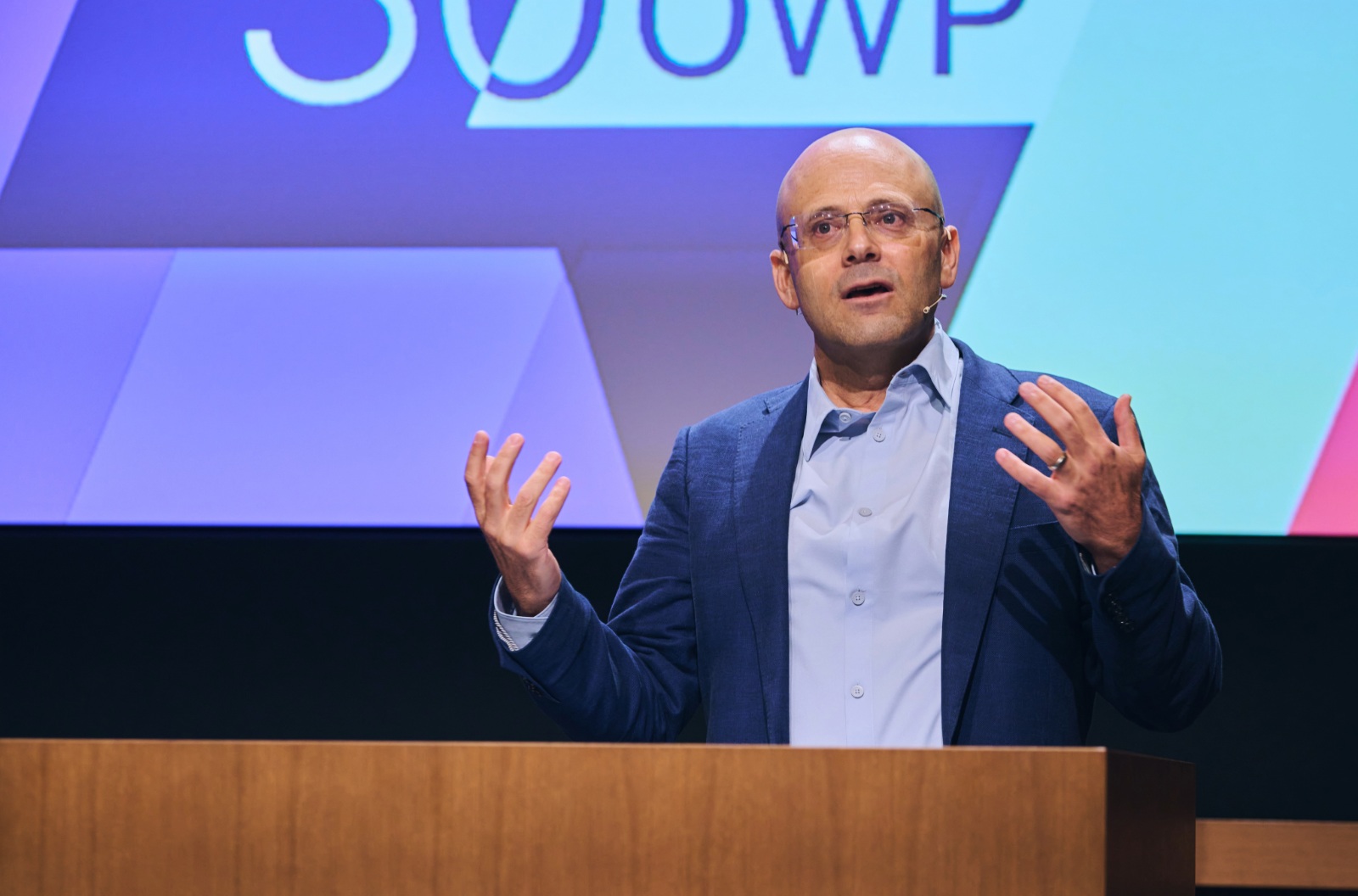Sika AG is a global specialty chemicals company with a leading position in the development and production of systems and products for bonding, sealing, damping, reinforcing and protecting in the building sector and the motor vehicle industry. The CEO believed that one of the key reasons for the company’s success was its people and its organization. He had focused the company’s strategy on building a strong technology company with equally strong market presence in emerging markets. In 2014 the company’s almost 17,000 employees worked to supply over 23,000 products manufactured in 160 factories to customers in 90 countries and more than 20 industries. The CEO and his senior management team believed that the matrix organizational structure was appropriate for this complex organization because it gave strength to local managers while also leveraging opportunities across the target markets. As Sika’s business grew and customers and products became more specialized, the company had formally introduced a global key account management system, which incorporated Key Account Managers (KAMs) for customers who were buying significant volume of purchase from Sika. Depending on the geographic scope of the customers, Sika had local, regional and global KAMs. The introduction of KAMs had created a matrix structure at Sika, which posed challenges to the day-to-day management of the company’s operations. In particular, there were conflicting needs between account, functional and geographic managers. This case examines these conflicting needs in the context of a major client launching a regional tender for Africa purchases.
Research Information & Knowledge Hub for additional information on IMD publications
Research Information & Knowledge Hub for additional information on IMD publications
Research Information & Knowledge Hub for additional information on IMD publications
Research Information & Knowledge Hub for additional information on IMD publications










